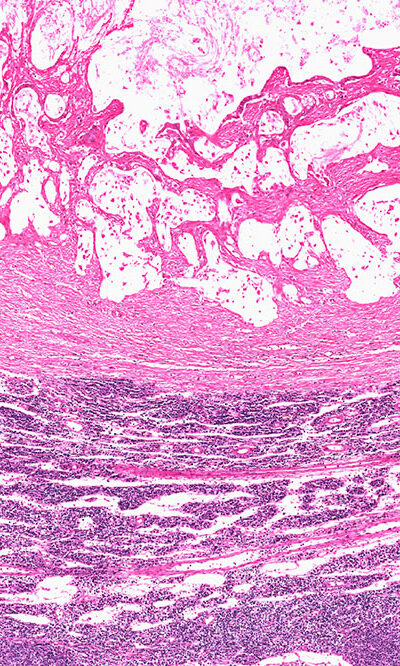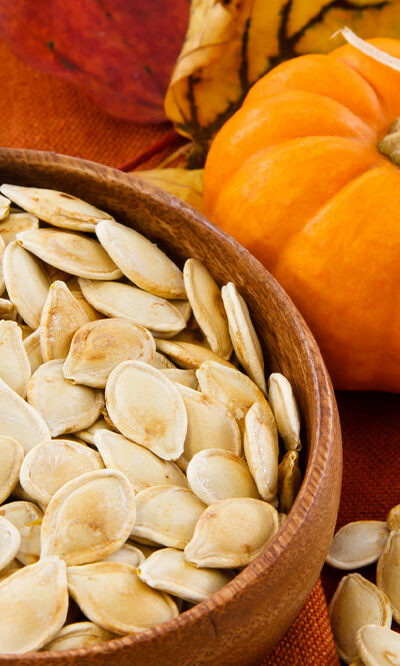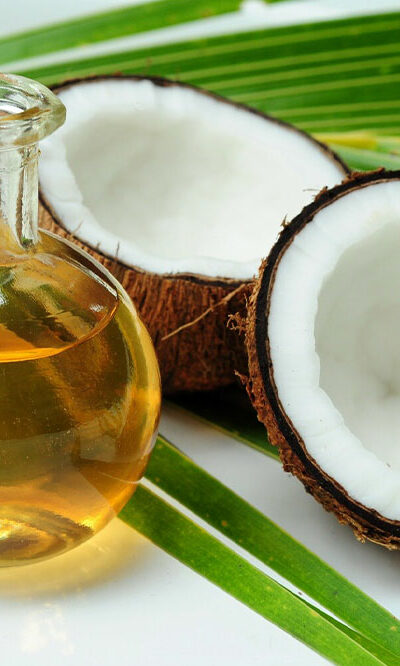
Common warning signs of poor blood circulation
Blood is the essential component that keeps all the systems ticking within the human body. Blood circulation facilitates the transportation of oxygen and nutrients to all the vital organs of the body. Certain factors, such as high cholesterol and dehydration, can slow down a person’s blood circulation, causing a range of health issues. One can detect blood circulation issues through certain symptoms, and some common warning signs of poor blood circulation are discussed below. Unusual skin changes Several blood vessels are present directly under the first few layers of one’s skin. Therefore, the first warning signs of poor blood circulation are often felt on the skin. Some of the changes one feels on their skin are twisted, bulging blue varicose veins appearing on the legs and ankles. This happens when a valve within a given vein fails and causes disruption in blood circulation. Apart from that, the appearance of blue skin on the lips, nose, hands, ears, and feet is also caused by stunted/slowed-down blood circulation. Tingling sensation in hands and feet This condition, known as pins and needles, is a direct result of poor blood flow. One may have experienced this directly on their palm after sitting on their hand or laying on their arm for too long. Tingling sensations are caused when too much pressure does not allow blood to flow to certain areas of the body. The hands and feet are technically the farthest points of the human body, so if someone has blood circulation issues, then they are likely to experience tingling in these parts of the body. Slow healing of wounds Wounds heal when the blood flows into the affected area and supplies it with the requisite oxygen, nutrients, and white blood cells to heal quickly. When a person suffers from blood circulation issues, their wounds do not get a proper and quick supply of blood, causing their wounds to heal slowly.










